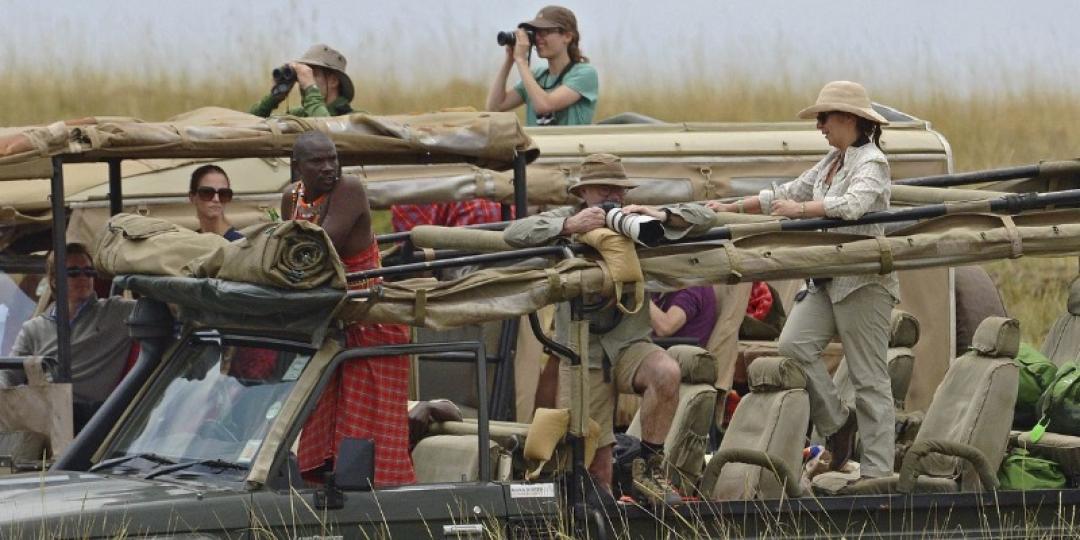Kenya’s 2018 tourist arrivals surpassed the two-million mark, with a growth of 37.3%, reaching 2.025 million with the majority of the travellers visiting Kenya for holiday purposes.
The Tourism Sector Performance Report 2018 was presented to the Head of State by Tourism Cabinet Secretary, Najib Balala, revealing the increase in international tourist arrivals, which jumped from 1 474 671 in 2017 to 2 025 206 in 2018.
According to Devan Jobanputra, Director of Travel in Style, political stability, the lifting of travel advisories, increased marketing, new products, and improved accessibility, with more scheduled and charter flights, are all contributing factors to Kenya’s significant increase in arrivals for 2018.
The top source market for foreign tourists to Kenya was the US with 225 157 travellers, representing 11.12% of the total arrivals. This represents a 50.85% increase, up from the 114 507 travellers who toured the country in 2017.
The US market favours Kenya for its safari options, with numerous national parks and reserves to choose from. Jobanputra says a small portion of these travellers also include a luxury beach getaway to Diani or Lamu.
Other top markets included Tanzania, with 212 216 arrivals, followed by Uganda 204 082, the UK 184 002, India 125 032, China 81 709, Germany 78 388, Italy 65 134, South Africa 49 993, and France 48 189.
According to the report, 73.9% of 2018’s international arrivals visited Kenya for holiday purposes, 13.3% for business and conferences, and 6.7% visited the country to see relatives or friends, while 6.4% entered the country for other reasons.
The report further revealed that the country earned Shs 157 billion (€1.3 billion) in tourism revenue last year, up from Shs 119 billion (€1 billion) in 2017, translating to a 31.26% growth.
Despite the 31.26% increase in earnings, Kenya’s President, Uhuru Kenyatta, has challenged tourism stakeholders to be more creative and aim to improve the quality and range of services on offer in the country in order to compete globally, mentioning that if the sector does not offer high-quality services, major tourism marketing campaigns will not be useful.
The sentiment was shared by Jobanputra who told Tourism Update that although many resorts were upgrading their properties, different types of accommodation offerings were being introduced, and more attractions and activities being developed, there was demand for more.
“We still have not got a national idea of whether we want to attract more visitors or high-end travellers, but diminishing wildlife numbers due to increased human activity is worrying, as well as competition from neighbouring countries and Indian Ocean islands,” concludes Jobanputra.
#magicalkenya recorded a remarkable 2,025,206 international tourism arrivals in 2018, 37.33% higher than 2017.
#TourismTrendsKE pic.twitter.com/cBtIqYHWo1— Najib Balala (@tunajibu) January 7, 2019























